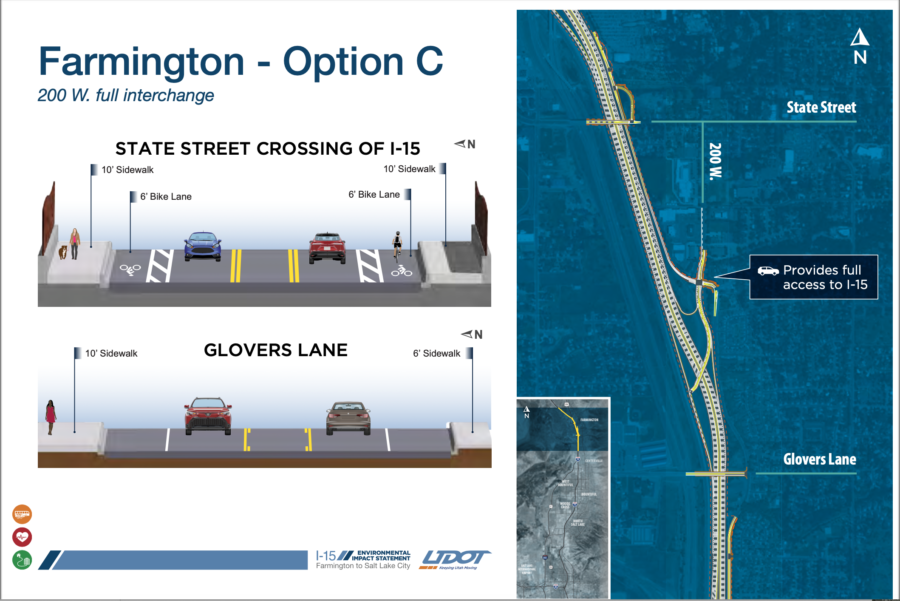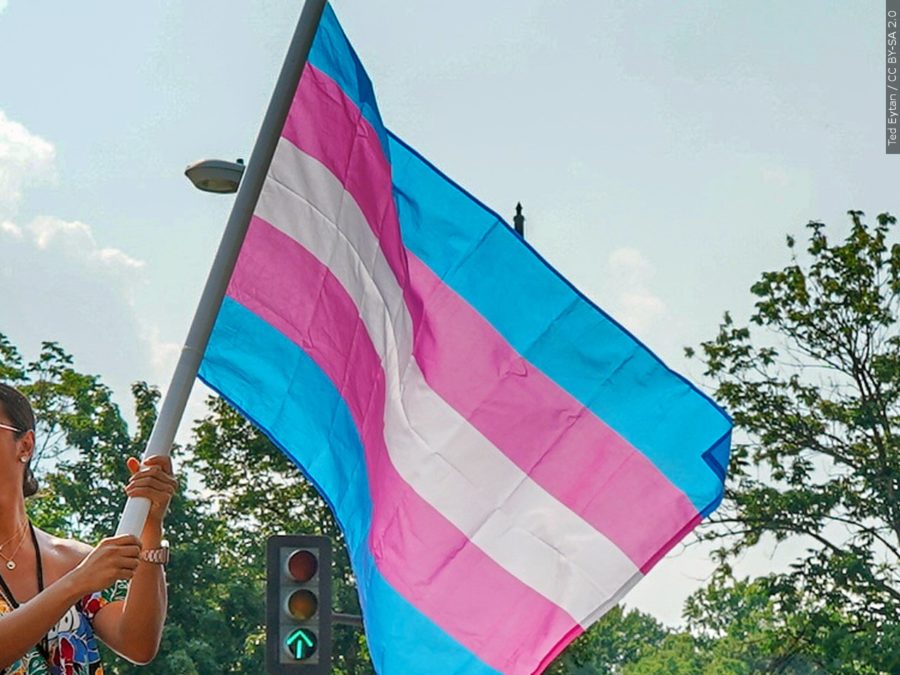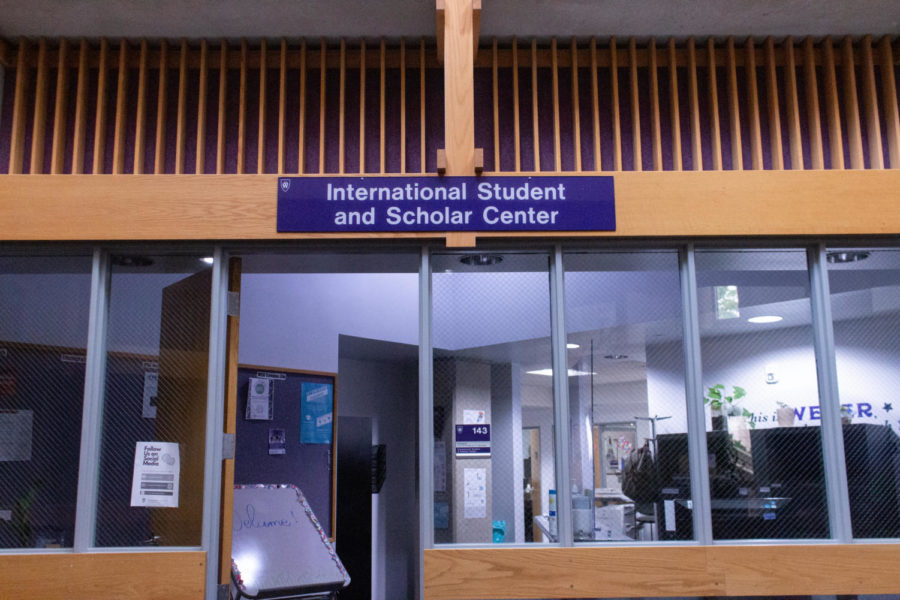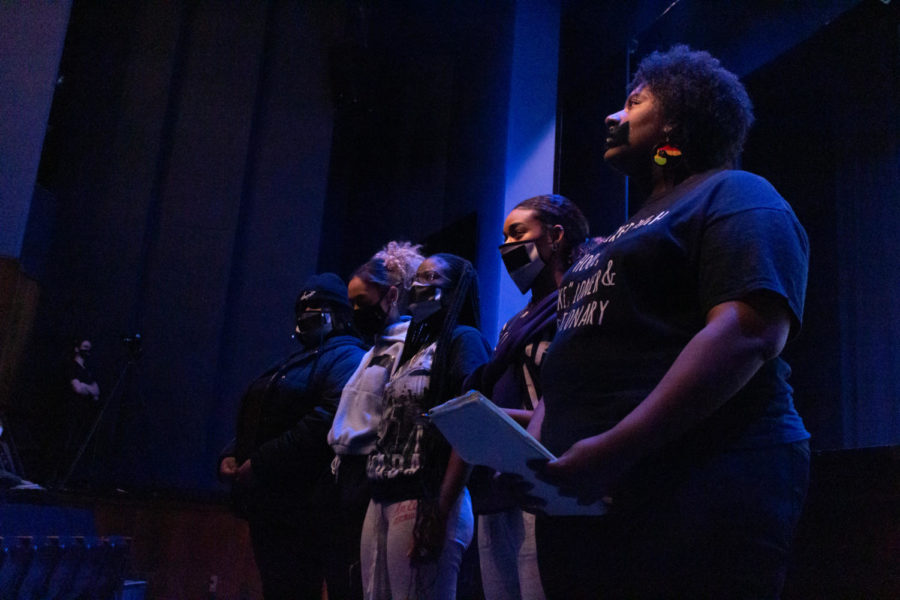
Students today are finding themselves in a tough situation that is largely out of their control.
Either they fork out a substantial amount of money for textbooks, or try to mitigate those costs by hunting for alternate methods of gaining access to the books designed to increase the odds of success in college courses.
College textbook prices have risen to an exorbitant amount since the late 1970s—somewhere in the neighborhood of 800 percent. Add increasing tuition costs and a staggering amount of student loan debt, and you are left with a dreary mixture of circumstances that is affecting the quality of education, as well as the quality of life after college that is available to students in the United States.
Weber State University senior Abbigale Williams knows all too well the uncertainty that comes with each new semester’s textbook requirements. There have been some semesters where she has spent as much as $600 on textbooks and others as little as $50.
Not only are textbook prices a unpredictable, whether or not a book will even prove useful can be a major gamble.
“I hardly ever use the textbooks I buy,” Williams said. “It actually makes me mad.”
Williams isn’t alone in her feelings of anger and frustration when it comes to textbook prices.
In researching this story, I conducted an anonymous survey via social media to get a feel for the thoughts of local students on textbooks and their prices. 94 percent of the 53 students surveyed answered no when asked if they feel that the price of textbooks is fair and 96 percent feel that there are alternate ways to make textbooks more affordable for students.
The question is how?
One possible alternative that has gained traction in recent years is open-source textbooks. The idea behind open-source textbooks is that they are created with an open license, thereby making access to them in e-book and online format free, and printed versions would cost dramatically less. Open-source textbooks also give professors the option of removing whatever material is not necessary for their curriculum and including only the material that is most essential for the courses they teach.

One of the foremost proponents for open-source textbooks is The Federation Of State Public Interest Research Groups (U.S. PIRG). A study conducted by Ethan Senack for the U.S. PIRG entitled “Fixing the Broken Textbook Market: How Students Respond to High Textbook Costs and Demand Alternatives” shows how much money college students could be save if open source textbooks were used on campuses around the country.
“Not only are open textbooks more accessible, but they have the potential to save students $100 on average, per course, per semester,” Senack said. “If every student at the University of Wisconsin Madison were assigned just one open textbook each semester, it would generate over $6 million in student savings in just one year.”
Fixing an issue like the cost of textbooks is not a problem that can be fixed overnight. Fortunately for students, solutions like open-source textbooks are not the only alternative.
H. Kent Bowen, professor emeritus at Harvard Business School, is the author or co-author of over 190 articles, 45 case studies and two textbooks. In the 30 years he has spent as an educator at both Harvard University and the Massachusetts Institute of Technology, Bowen has seen firsthand the dramatic rise in textbook prices for college students.
When asked about students paying higher prices for textbooks with minimal changes from version to version, Bowen suggested faculty hold councils where a more standardized set of textbook requirements is put into practice throughout the school. This helps to eliminate the need for a different, more expensive version of a textbook at the beginning of each semester.
Another possible option for students, according to Bowen, is mandatory, end-of-semester evaluation questions directly related to textbooks.
“If there was three or four questions about the textbook materials used and their value then you’d have some cannon balls to fire away,” Bowen said. These types of questions act as both a gauge for professors to assess a textbook’s value, as well as an opportunity to give students a voice in a battle that has been largely one-sided.


















